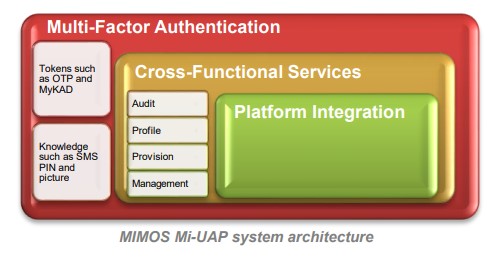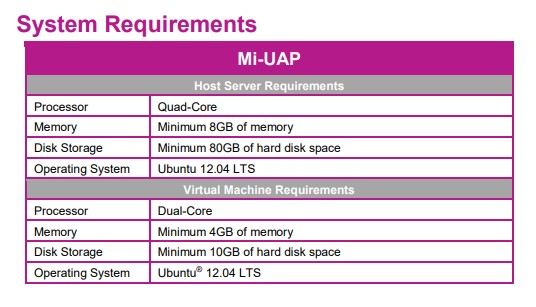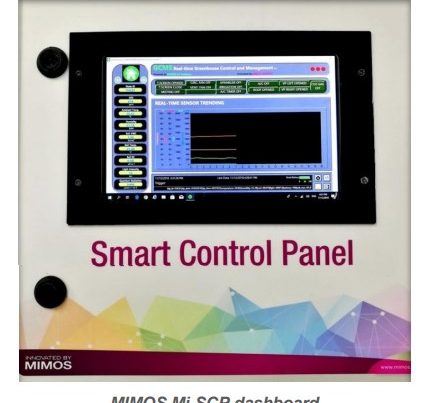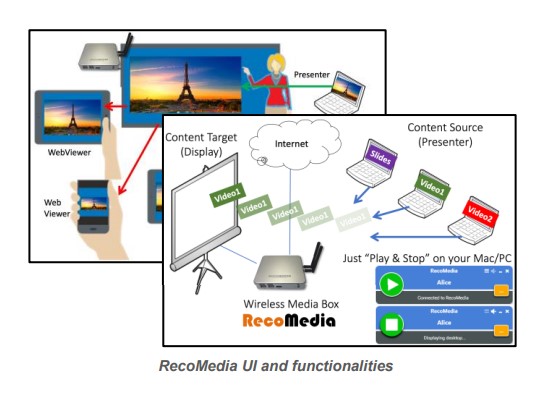Overview
The Mi-UAP platform enables single sign on (SSO) across multiple applications, and also multiple enterprises. Mi-UAP provides multi-factor authentication (MFA) capability; and also authentication adaptivity which takes into account user action, variations thereof against machine-learnt statistical norms, application-specific trust establishment specifications, and environmental context. Mi-UAP furthermore allows for SSO interactions to be undertaken using MIMOS-developed mobile applications inclusive of the MY Digital Identity (DID).
The Mi-UAP platform is specifically designed to operational risks
arising from user authentication and identity management (IDM).
UAP is an Identity Provider (IDP) realisation of the Security Assertion Markup Language (SAML) framework, enabling SSO to multiple cloud-connected Service Provider (SP) applications. SAML integration is a standard capability in multiple application
frameworks, inclusive of Amazon Web Services (AWS); Apache
Spring; Microsoft Active Directory (AD), Azure and Office-365; IBM Websphere and Liberty; HP Icewall, Intel Cloud and Redhat
Keycloak. The central value proposition for the UAP platform is provide a uniformly high standard for authentication; in addition to enrolment and credential issue, as might arise from both user and systeminitiated security cases, and subsequent management thereof. Application systems are therefore relieved of the responsibility, and therefore risk, of user identity and credential management.
Technology Summary
Mi-UAP
A SSO platform with high-security characteristics for authentication,
enrolment and IDM; as can be integrated into multiple service
applications.
Industries: Government, Healthcare, Education, Financial Services
Features
- Single sign-on (SSO)
- Multi-factor authentication (MFA)
- Adaptive authentication
- Authentication as a Service
Technology Benefits
- Risk management
- Separation of concerns
- Effectiveness and scalability
Mi-UAP provides the following features:
Features
- Single Sign-On (SSO)
Users are able to use individualised credentials for authentication (who-am-i) into multiple application Uniform Resource Locator
(URL) domains and directories. Individual applications would therefore be responsible for authorisation (what-can-i-do) within the business context of interest. - Multi-Factor Authentication (MFA)
Users can establish one or more authentication factors inclusive of password: based on elliptic curve cryptographic (ECC) protocol, one-time keys (OTK) generators (via hardware token or mobile application), public-key infrastructure (PKI) certificate and the MY-DID mobile application. - Adaptive Authentication
Service applications can establish trustworthiness requirements, which require users to submit one or more authentication inputs, each of different trust valuation. The trust requirement for any particular authentication interaction would also vary based on adherence to statistics derived from previous behaviour, and
furthermore environmental factors associated with such interaction. - Authentication as a Service
Service providers are able to establish credential consistency, reusability and universality. Application components within the encompassing architecture would therefore only need to regulate authorisation.
Technology Benefits
The main impacts of Mi-Trust are:
- Risk Management
Users have access to high-security authentication and IDM mechanisms, resulting in risk minimisation. The operational doctrine of flesh-and-blood user specification also enables a high degree of process integrity, security against man-in-the-middle
(MITM) attacks, and (in certain cases) non- repudiation. Credential issue and user-to-credential association can furthermore be undertaken at high-assurance levels, with
uncompromised protection against administrator negligence or even active misbehaviour. - Separation of Concerns
Enterprise security assessment is greatly simplified, due to service applications only needing to management authorisation
within the business context. This separation also enables a higher degree of user privacy protection, in that application-side data can be maintained as de-identified information accessible to users only upon correct demonstration of credential ownership. - Effectiveness and Scalability
User provisioning and enrolment can be undertaken once, and subsequently distributed over multiple service applications. The cost of any UAP deployment are similarly distributed over multiple applications. UAP integration requirements are equivalent to SAML compliance, and is straightforwardly undertaken both for existing as well as new applications.






